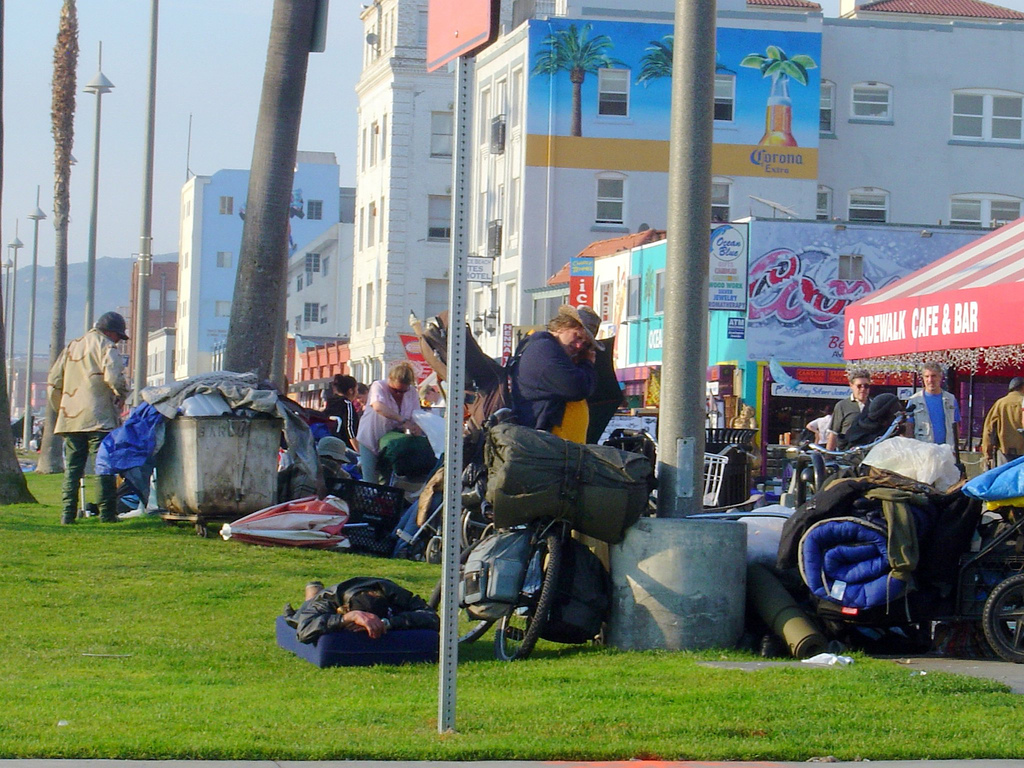

The COVID-19 pandemic and the accompanying measures brought massive changes to the way we live, work, and interact with each other.
LOCKDOWN CALIFORNIA SERIES
Due to the rapid and easy spread of COVID-19, governments around the world issued a series of guidelines and orders to slow down the spread of COVID-19, including social distancing, restrictions on large public gatherings, and state-wide lockdowns, etc. The outbreak of the Coronavirus Disease 2019 (COVID-19) pandemic has unprecedently affected all aspects of society. Thus, multi-scale continuous traffic monitoring in high spatial and temporal resolution is critical for an accurate understanding of social patterns. The spatial pattern is often multi-scale as well, ranging from state-wide highway networks to local streets, from business centers to residential areas. In particular, changes in traffic due to external forcing occur at broad time scales, from minutes or hours (e.g., accidents) to days (e.g., holidays and road constructions), even years (e.g., an economic boom or recession). Therefore, traffic data has become an important manifestation of societal activity, and to some extent, social patterns. Transportation is a critical component of people’s lives.


 0 kommentar(er)
0 kommentar(er)
